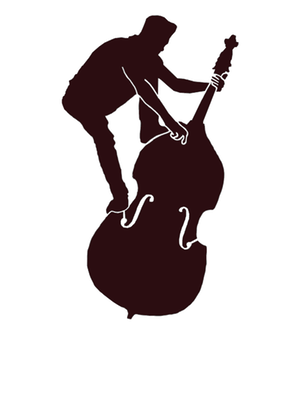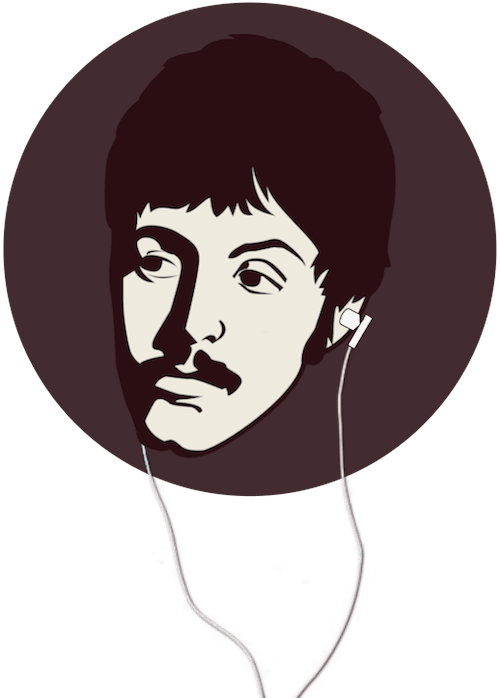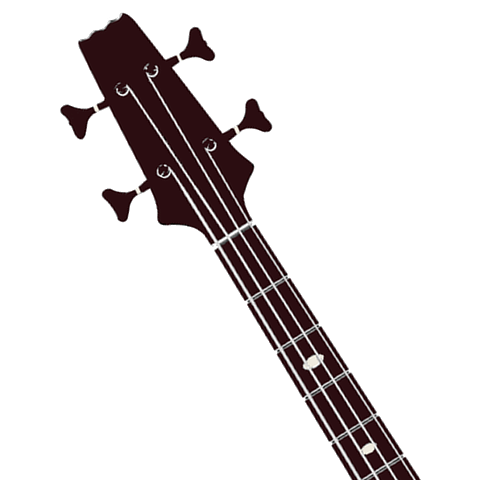Bass Method
Gillespie Music Studio provides even young and beginning students with tools for improvising and arranging in contemporary genres.

If a student wishes, s/he may bring his/her acoustic standup bass to the lesson, as most of our applications work for the acoustic bass just as for electric bass. Either type of bass (standup or electric) may be used for practice at home as well as for lessons. For convenience, most students bring an electric bass to lessons even if they practice more on an acoustic bass at home.
Rhythm Drills & Applications
Rhythm is a focal point in our bass lessons. Oftentime, rhythm is even more important than the notes themselves. This is true for all genres, but especially in contemporary bass techniques.

Ear Training
GMS also believes hearing is a major part of musical proficiency. GMS uses ear training games to develop recognition skills.

All Major & Minor Scales & Chords
GMS emphasizes comprehensive understanding of and proficiency in the most common scales and chords in every key. Bassists can play chords on the bass, though this is not that common. Nevertheless, bass proficiency involves recognizing the makeup and function of chords.

Free Trial Lesson For First Time Students
Improvisational Theory
Even young and beginning students are encouraged to learn improvisational theory in every key. Students learn how to read and improvise leads (lead guitar lines) on contemporary chord charts (blues, pop, rock) as well as use common lead techniques (slurs, hammering, vibrato, pitch bends).
Intervallic Relationships
GMS emphasizes the number system in theoretical understanding (i.e., do = 1, re = 2, etc.), as well as intervallic relationships (3rds, 4ths, 5ths, etc.). Even young and beginning students learn to recognize notes and chords for the roles they play in functional harmony.
Record Tracks
Students also are encouraged to come up with their own compositions and arrangements. Occasionally we record tracks and orchestrate using various voices (bass, strings, percussion) so that students produce their own ensemble and develop an understanding of how music is created.
